I have been on the lookout for an automatic turntable. My primary turntable is a Pro-ject Debut Carbon which is fully
manual meaning that when the record comes to an end it will continuously spin
with the needle on the record until I shut it off. While most times this is not
an issue I sometimes like to relax with some jazz records on the couch and
just can’t do it knowing that it will continuously spin if I fall asleep.
Today I found a used Hitachi
HT-20S turntable. This is a semi-automatic turntable meaning that when the
record is finished the needle will lift up and return to the tonearm rest
while stopping the platter from spinning (a fully automatic turntable will do
this as well but also have the tonearm lift and drop at the beginning of a record
just by pushing a button).
Buying used equipment, especially 30+ year old
equipment, has its risks as you never know what could be wrong with the table.
Besides record collecting, I also enjoy fixing electronics as a hobby so vintage
usually works well for me. Often it just needs an electronic part or two replaced;
a new belt or needle; or often just a good cleaning. I lucked out on this table
because the only thing required to get it running 100% was a good cleaning. The
needle plays just like new and the belt seems plenty strong. But most
importantly, it sounds great!
Sure it’s not the highest quality table ever built, but it’s
perfect for what I need. What I look for in a turntable is that the tonearm
weight can be adjusted (some are fixed at the factory) and that the tonearm
will accept a new cartridge rather than only a stylus. This tonearm is 1/2" mount
meaning that the cartridge is held on by two screws at the top, giving me an endless
variety I can choose to upgrade to.
But why bother? The
audio-technica cartridge that came with it sounds great and has always proven
to be a very solid sounding entry level cartridge.

.jpg)
.jpg)
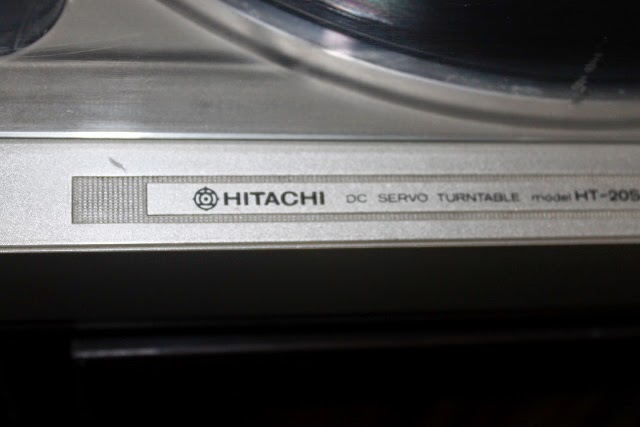.jpg)
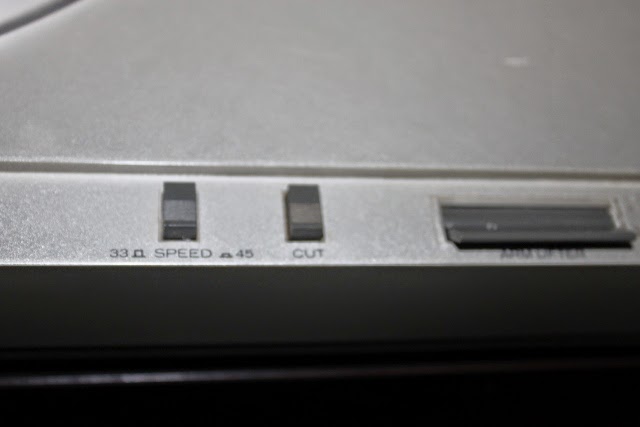.jpg)
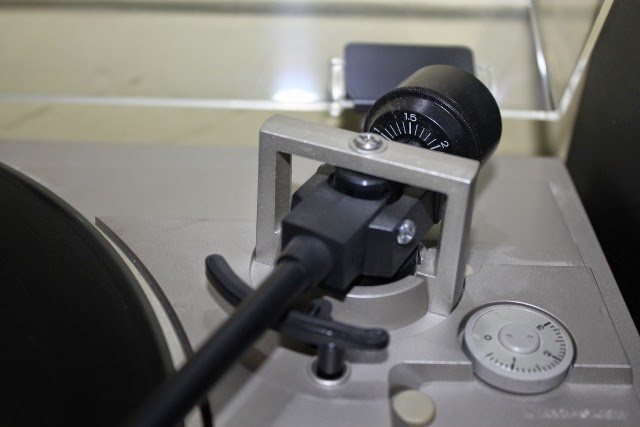.jpg)
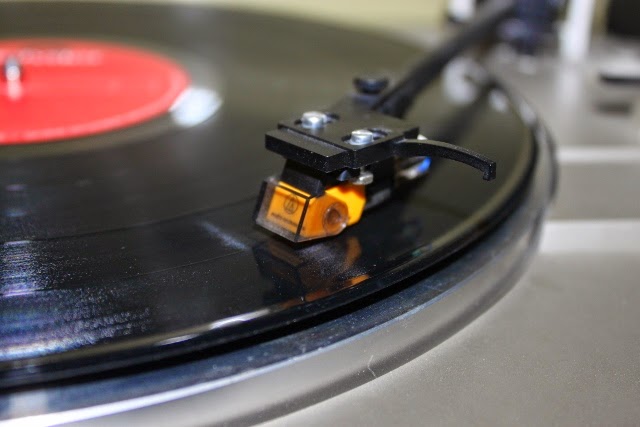.jpg)
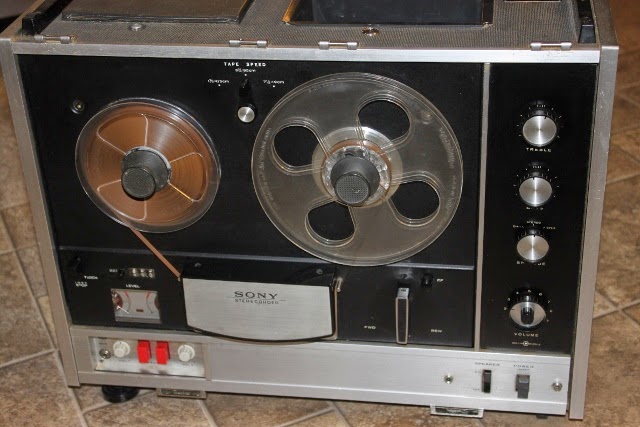.jpg)
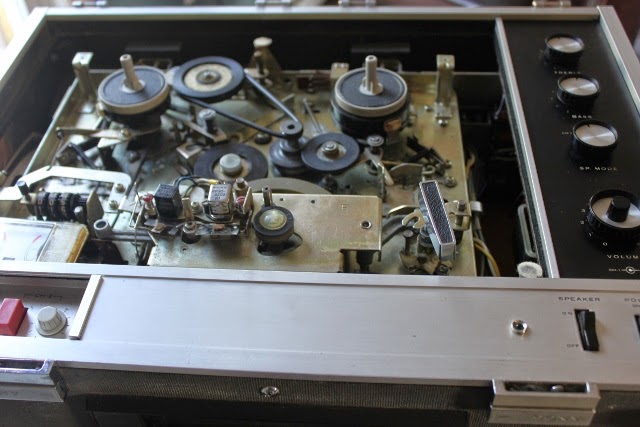.jpg)
.jpg)
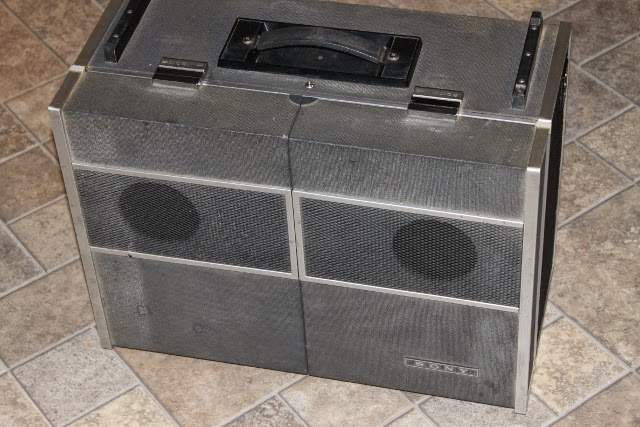.jpg)
.jpg)
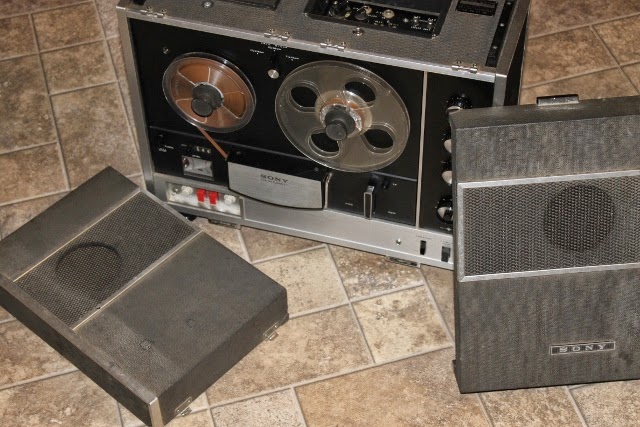.jpg)